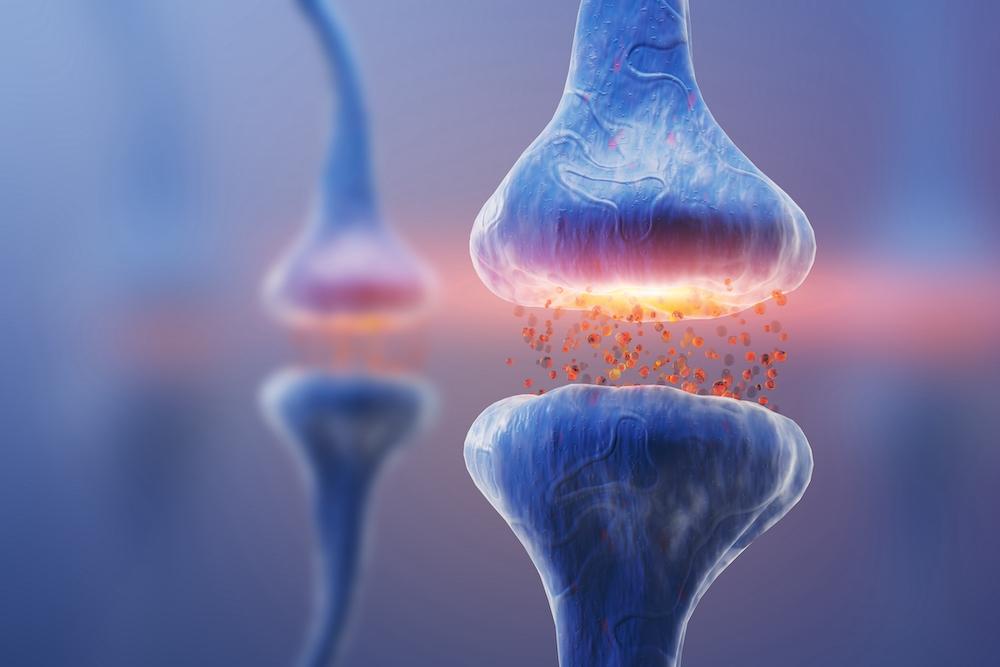Key details
Understanding and targeting synaptic dysfunction in Alzheimer's
One in four NHS hospital beds are occupied by someone with dementia, and the annual UK economic cost of dementia is £26 billion. However, we are now at a pivotal moment in Alzheimer's research. With the recent positive results from clinical trials, the prospect of finding a disease-modifying therapy to alter disease progression and slow cognitive decline is nearing a reality.
Therapies that target synaptic function aim to further restore memory and thinking, and could be used in combination with other therapies to alleviate the impact of dementia on society. As the loss of synapses is closely correlated to cognitive decline in Alzheimer's, it is important to understand how dysfunction occurs in synapses, in order to develop effective treatments targeting synapses.
The Jackson Lab aims to employ advanced techniques to look at the role of genetics, proteins, and other factors in making synapses vulnerable to damage in Alzheimer’s disease.
Latest news



Dr Johanna Jackson
Dr Johanna Jackson is an Emerging Leader at the UK DRI at Imperial. Find out more about her career and expertise on her profile page.

Research summary

Credit: Shutterstock
Identifying vulnerable synaptic components for synaptotherapeutic intervention
Synaptotherapies aim to further restore cognitive function in combination with other therapies to alleviate the impact of dementia on society. As the loss of synapses closely correlates with cognitive decline in Alzheimer's, it is imperative that the mechanisms of synaptopathy are understood to develop a synapse-targeting treatment.
The Jackson Lab has previously shown that pre- and post-synaptic components are differentially affected in preclinical models of tauopathy and amyloidopathy. In human tissue, the group has characterised the laminar-specific loss of synaptic proteins and shown changes in nuclear expression of synaptic RNA transcripts in Alzheimer's. More recently, they have identified diferentially expressed synaptic proteins along a pseudotemporal profile and a peri-synaptic astrocytic signature that is associated with synapse loss. Furthermore, the team have provided evidence of glial and synaptic changes associated with disease progression rate and characterised the cellular distribution of a synaptic biomarker target.
The team takes a multi-‘omic and imaging approach to provide a mechanistic insight into the vulnerability of synaptic components in neurodegeneration. Their work uses a number of methodologies such as synaptic proteomics and transcriptomics, mass synaptometry and advanced imaging techniques such two-photon imaging and imaging mass cytometry. These are primarily conducted in human tissue but supported by collaborative work using iPSCs and preclinical models for target perturbation.
The main objectives of this research programme are:
- To identify vulnerable synaptic components such as the differential effects on pre- and post-synaptic components and excitatory vs inhibitory synapses
- To investigate mechanisms of vulnerability including local protein translation and degradation, and its link to neuropathology and neuronal vulnerability
- To determine the impact of repurposed drugs or novel therapeutics on synaptic component vulnerability
- To validate synaptic biomarkers to track synapse loss and determine synaptotherapeutic drug efficacy
Key publications
Vacancies
Lab members
- Bshaier Allehyany (PhD Student)
- Tatiana Georgiades (PhD Student)
Lab funders
Thank you to all those who support the Jackson Lab!




